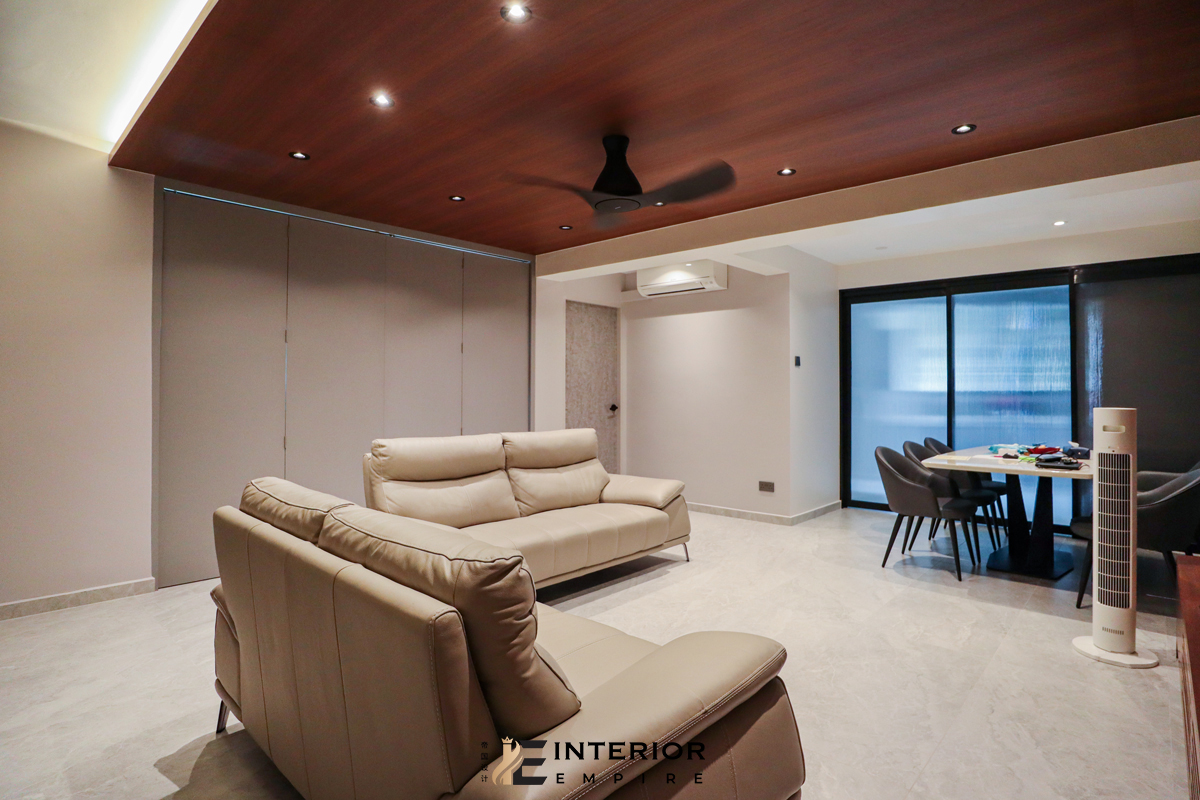Choosing colors for your interior design can be a daunting task, one that can leave you feeling overwhelmed and confused. From selecting a cohesive color scheme to coordinating different hues and shades, the process can be filled with challenges. But what if there was a way to navigate this complex world of color selection with ease and confidence? Introducing a navigational approach to color selection, a method that not only simplifies the process but also leads to more successful and satisfying results. In this article, we will explore the common challenges and confusion people face when selecting colors, and how a navigational approach can help overcome them.
Understanding the Importance of Experience and Expertise
Experience and expertise play a crucial role in the color selection process. An experienced and knowledgeable designer can help you avoid common mistakes, such as choosing colors that clash or selecting shades that don’t suit the natural light in a room. They can also provide valuable insights and suggestions, such as how certain colors can affect mood or how to create a cohesive color scheme throughout a space.
For example, an experienced designer knows the impact of colors in different lighting conditions, how to create a balance between colors and how to make a small room look larger by using the right colors. They also can suggest you the latest color trends and how they can enhance your interior design.
Furthermore, working with an experienced and knowledgeable designer can lead to more successful and satisfying results. They can help you achieve your desired aesthetic while also taking into consideration practical considerations such as the function of the space and your personal preferences. They can also help you to explore new color combinations that you may not have considered on your own, resulting in a unique and personalized space that truly reflects your style and personality.
Identifying Authority and Trustworthiness
Working with an authoritative and trustworthy interior designer is crucial to the success of your color selection project. An authoritative designer is one who has a deep understanding of the industry, the latest trends and techniques, and a wealth of knowledge and experience to draw from. They possess the ability to make informed decisions, provide expert advice, and are well-versed in the latest design practices.
A trustworthy designer, on the other hand, is someone who is reliable, dependable, and committed to meeting your needs and exceeding your expectations. They are open and transparent in their communication, and they have a proven track record of delivering high-quality work.
To identify an authoritative and trustworthy designer, look for characteristics such as a strong portfolio of past work, positive client testimonials, and professional certifications or accreditations. They should also have an in-depth knowledge of the latest design trends and be able to provide clear and concise answers to any questions you might have.
When vetting potential designers, it’s important to ask for references, review their portfolio, and to have an open conversation about your needs and expectations. It’s also a good idea to check their credibility by asking for their certifications, memberships in professional associations, and their insurance. Additionally, you should also verify the authenticity of their portfolio and testimonials by checking their online presence and reputation. By following these tips, you can ensure that you’re working with an authoritative and trustworthy designer who can help you achieve your vision for your space.
The Navigational Approach
The navigational approach to color selection is a method that simplifies the process of choosing colors for your interior design. Unlike traditional methods, which can be confusing and overwhelming, the navigational approach offers a step-by-step process that guides you through the color selection process with ease and confidence.
The navigational approach starts with the selection of a color scheme. This includes identifying a dominant color, accent colors, and neutral colors. This creates a cohesive color palette that ties the entire room together. Next, a mood board is created to visualize how the colors will look together in the space. The mood board includes fabric swatches, paint samples, and other visual elements that help to create a clear image of the final result. Finally, the final color decisions are made, taking into consideration the function of the space, the natural light, and personal preferences.
One of the key advantages of the navigational approach is that it helps to eliminate confusion and uncertainty. It provides a clear and structured process that makes it easy to make informed decisions about color. Additionally, by creating a mood board, it allows you to see how the colors will look together in the space before committing to them. This can help to avoid costly mistakes and ensure that you end up with a space that you love.
To use the navigational approach, follow these steps:
- Select a color scheme by choosing a dominant color, accent colors, and neutral colors.
- Create a mood board by gathering fabric swatches, paint samples, and other visual elements that represent your desired aesthetic.
- Make final color decisions by considering the function of the space, natural light, and personal preferences.
- Implement your chosen colors by painting walls, choosing furniture and decor, and accessorizing.
- With the navigational approach, you can simplify the process of choosing colors for your interior design and achieve a space that you love.
Conclusion
This article has discussed the common challenges and confusion that people face when choosing colors for their interior design and the benefits of using a navigational approach to color selection.
We have emphasized the importance of experience and expertise in the color selection process, and how working with an experienced and knowledgeable designer can help avoid mistakes and lead to more successful and satisfying results. We have also highlighted the importance of working with authoritative and trustworthy designers and provided tips on how to find and vet potential designers.
The navigational approach provides a clear and structured process that guides you through the color selection process with ease and confidence, it starts with the selection of a color scheme, creating a mood board and making final color decisions. This method not only simplifies the process but also leads to more successful and satisfying results, as it helps to eliminate confusion and uncertainty and allows you to see how the colors will look together in the space before committing to them.
We encourage readers to consider using the navigational approach in their own interior design projects, as it can help them achieve their desired aesthetic while also taking into consideration practical considerations such as the function of the space and their personal preferences.
In conclusion, hiring Interior Empire for your interior design needs means you’ll be working with a team of highly-skilled and innovative designers that specialize in creating unique and personalized solutions. Their tailor-made approach ensures that your space will be designed to fit your specific needs, lifestyle and budget. Furthermore, their comprehensive service takes care of every aspect of the design process, from concept to completion, ensuring a seamless and stress-free experience for you. With Interior Empire, you can rest assured that you’ll receive cutting-edge designs, timely completion and high-quality standards that will make your space stand out.






